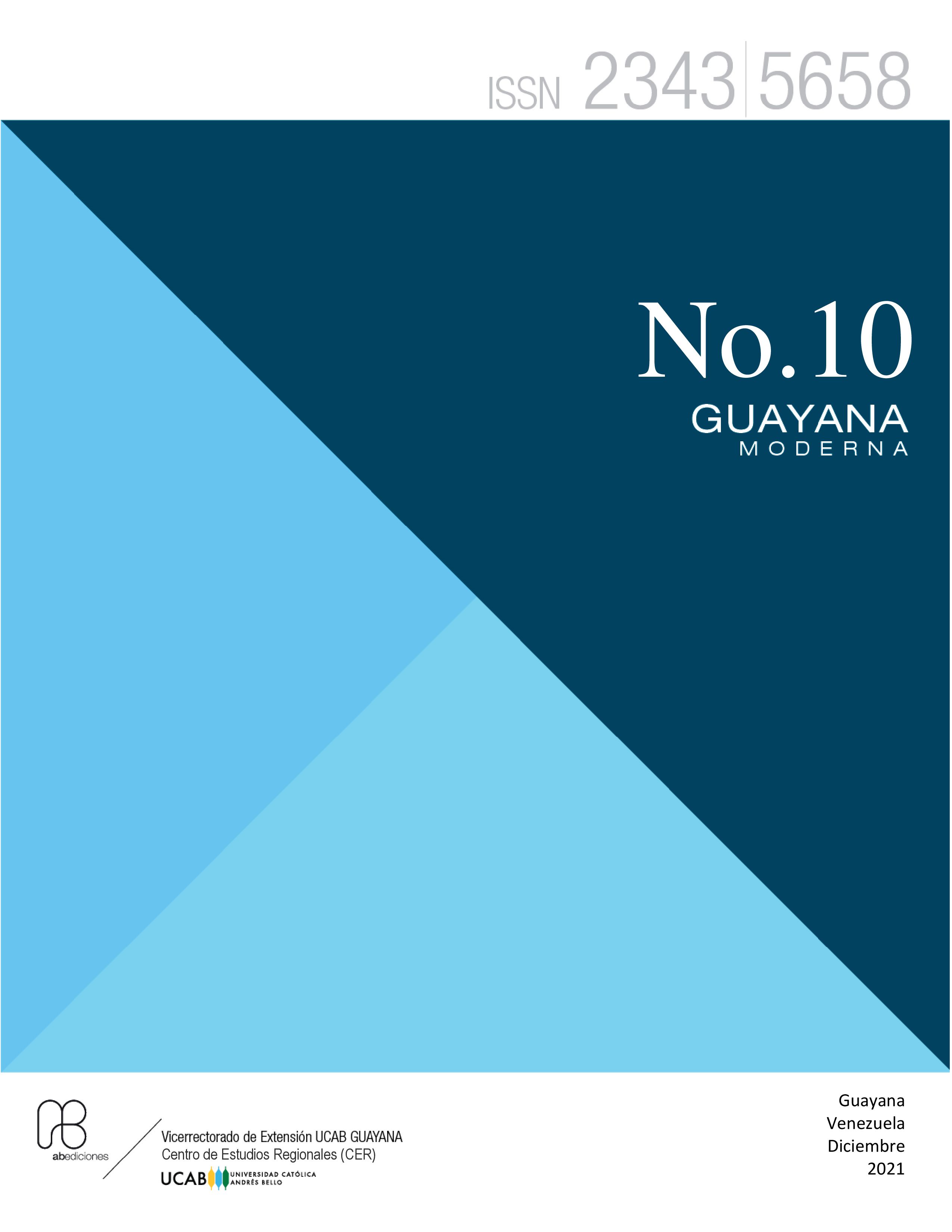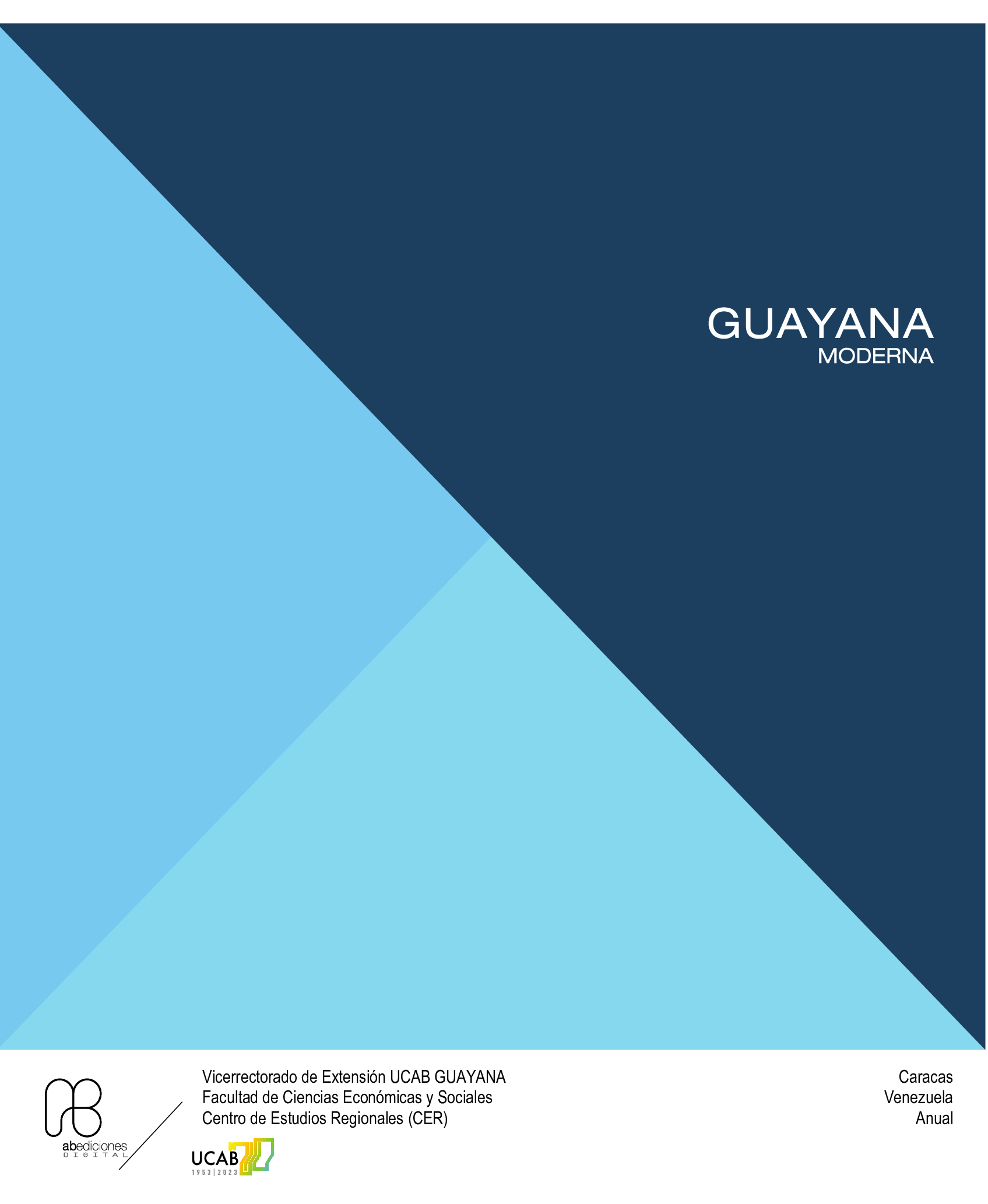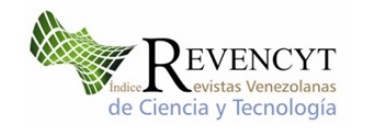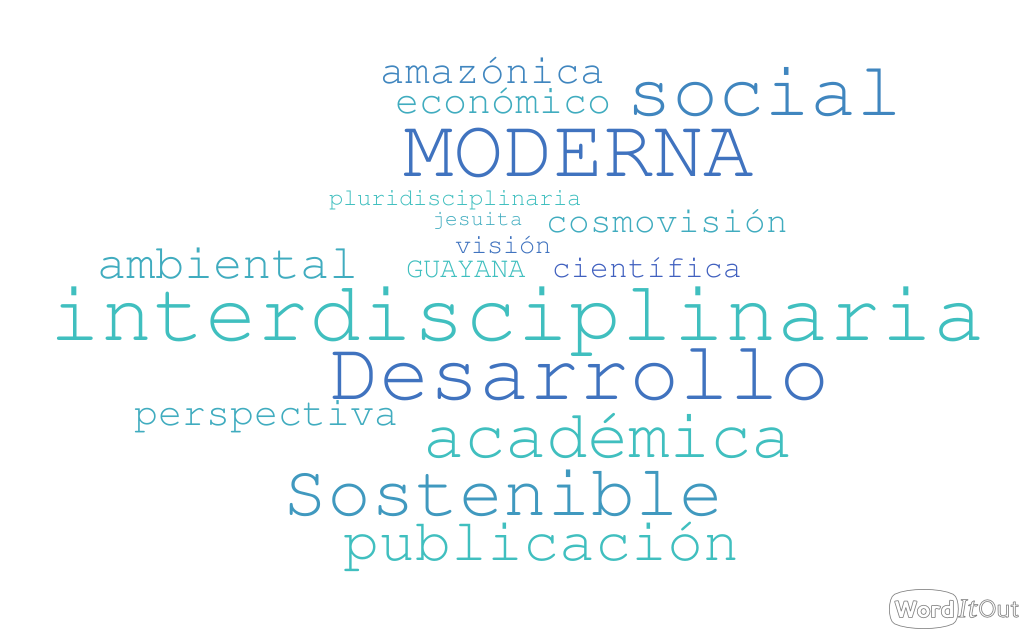Evolution of gold mining in the municipality of El Callao, Bolívar State
DOI:
https://doi.org/10.1234/gm.v10i10.5515Abstract
Gold mining in the Guayana Region has its historical roots since the period of the Spanish conquest in the American continent. The objective of this research is to systematize the main milestones in the evolution of gold mining in the municipality of El Callao, the main gold district in the region. As part of the findings, intensive gold mining activity begins in the mid-eighteenth century, with an important international investment and the installation of an industrial park with a production that came to be reflected in national statistics. However, this mining activity would be affected by world events, such as debt claims by other countries at the end of the century, the First and Second World Wars, the emergence of other extractive activities, for example, oil, iron and aluminium, and recently the increase in the price of gold. Simultaneously during this period, artisanal mining emerged with workers from other localities, inside and outside the country, who would settle important mining population centers that would prevail to this day. After reflection of this matter, the small-scale miner has demonstrated its resilience over time, despite political, economic and social adversities, national and international events, and they has determined the economic dynamics, in addition, of territorial, fiscal and social management. Also, the characteristics of the mining activity have affected their living conditions, as well as the vulnerable groups residing in the communities.
Keywords: Gold Mining, Miner, Mining Communities, History








